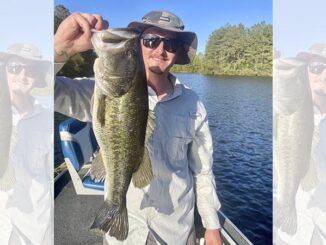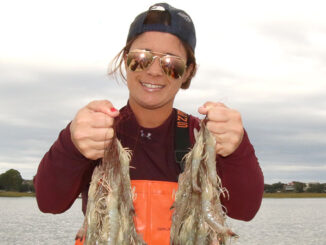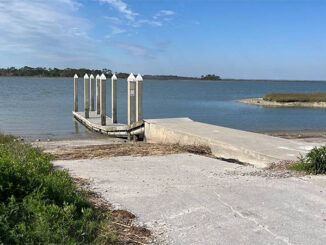Edisto Isand’s “Spanish mackerel Armada” arrives in June
Feisty Spanish mackerel keep Edisto Island anglers busy
Our annual family vacation to South Carolina

Paul Weaver caught his personal best largemouth bass in Ridgeville, SC on March 30, 2024. The fish weighed 6.05 pounds. […]

Deep-hole shrimping is a great way to spend a day on the water in South Carolina’s lowcountry waters. […]

Russ Point Landing in Beaufort County, SC closed on April 1, but officials don’t know when, if ever, it will reopen. […]

Copyright 1999 - 2024 Carolina Sportsman, Inc. All rights reserved.
Be the first to comment